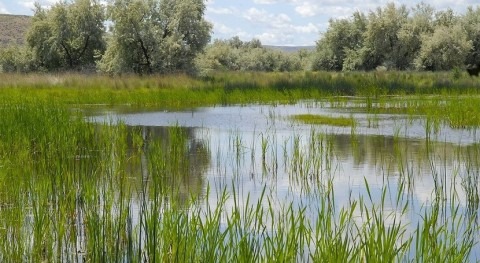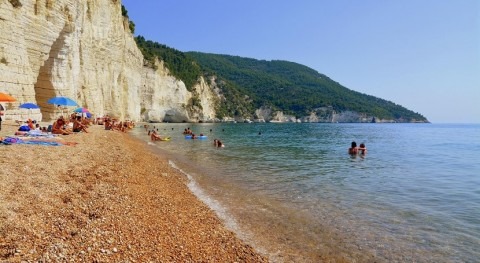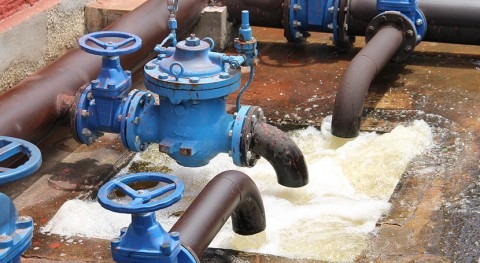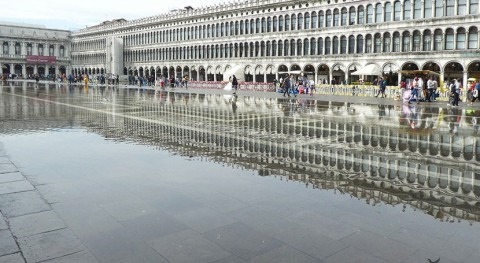The EEA’s new ‘Europe’s changing climate hazards’ is an interactive report that gives an overview of past and projected changes in Europe’s most important climate hazards and how they impact European regions. The EEA report is especially valuable for policymakers and experts concerned with climate risk assessment and adaptation planning in Europe. EU Member States can also use the information to report on climate-related hazards to the European Commission.
The report, developed with the support of the Copernicus Climate Change Service (C3S) and other EEA partners, gives access to both generalised and detailed information on regional climate hazards as well as insights into how these hazards can affect ecosystems and economic sectors.
The report echoes the findings of the Intergovernmental Panel on Climate Change (IPCC) that climate change is undeniably responsible for an increase in extreme weather events but provides more detailed information for Europe.
Projected changes include that mean temperatures will continue rising across Europe and hot extremes are expected to increase even faster. Europeans need to prepare for more days with extreme heat and for more extreme precipitation events, the report states.
- Southern Europe should prepare for hotter summers, more frequent droughts and an increased fire hazard.
- In Northern Europe, annual precipitation and heavy rainfall are likely to increase.
- Central Europe is likely to experience lower summer rainfall, but also more frequent and stronger weather extremes, including heavy precipitation, river floods, droughts and fire hazards.
- Sea surface temperature, marine heatwaves and water acidity are projected to increase in all European regional seas. Sea level rise is accelerating across all European coasts, with the exception of the Northern Baltic Sea.



















